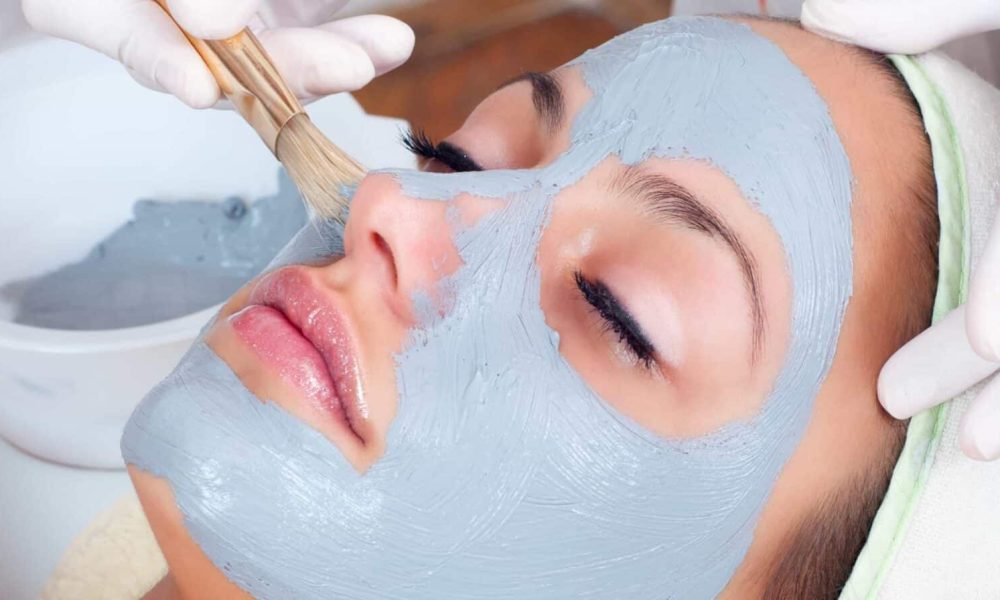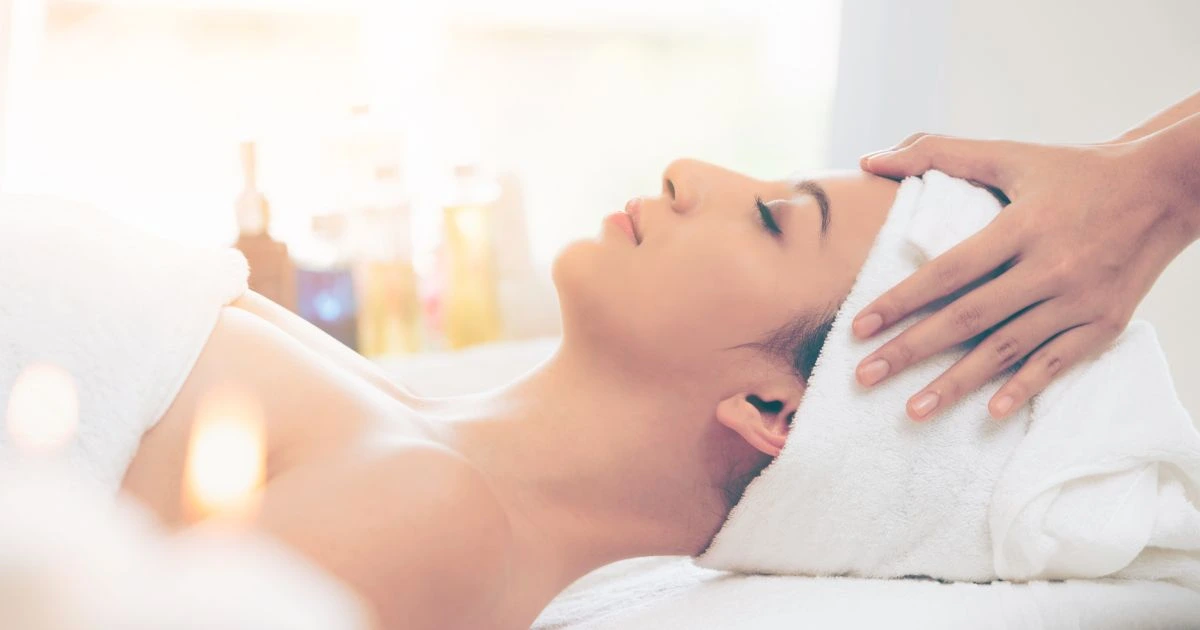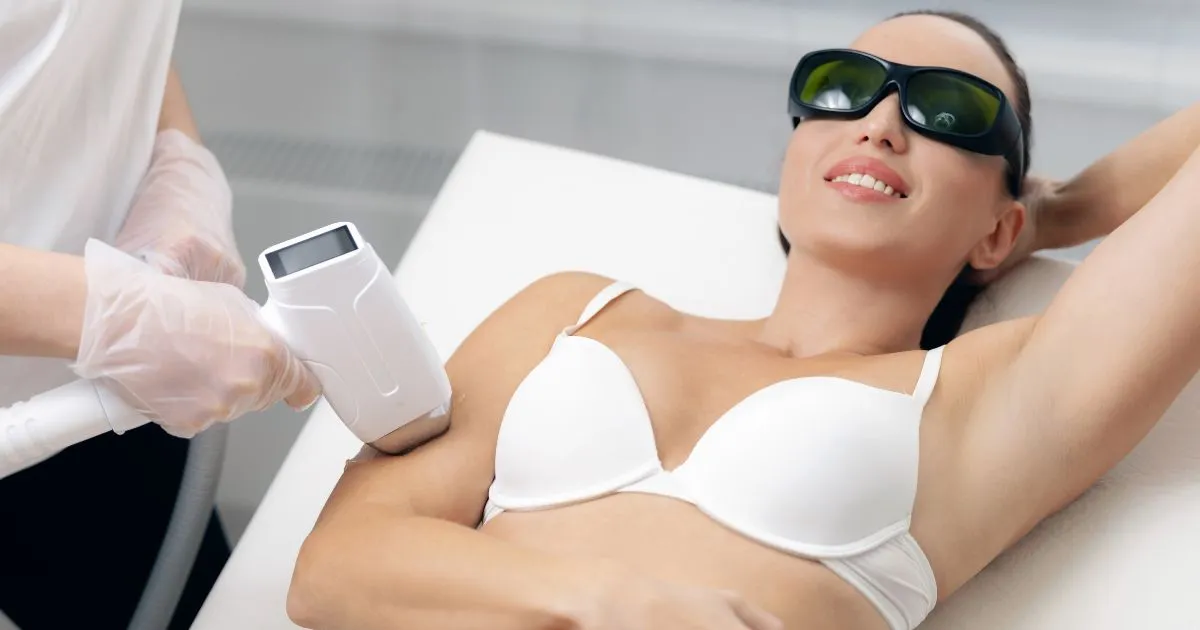Facials are some of the best ways to take care of your skin – the largest organ of your body – especially when given by an experienced, knowledgeable esthetician. This skin procedure helps cleanse, exfoliate, and nourish the skin. Doing so promotes a clear, well-hydrated complexion and can help your skin look younger. As the second most popular spa treatment after a massage, a facial works perfectly as part of a continuing skin care program.
Today, let us learn more about facials, how they work, and the three (3) surprising benefits that facials provide to our health. Read until the end and discover if this skin-cleansing treatment can also work its magic for your skin concerns.
The Basic Steps of a Facial
Even though facials can have (or not have) a standardized process, across the board, skin clinics and med spas stick to the following steps:
- If you are a new client, the aesthetician lets you fill out a form, asking for information about your skin concerns, diet, water intake, drugs and supplements, and products you currently use for your face.
- After wrapping your hair using a towel or headband, aestheticians begin the facial with a thorough cleansing.
- The aesthetician covers your eyes and looks at your skin through a brightly lit magnifying lamp. Practitioners determine your primary skin type and skin conditions. Then, they choose the appropriate products and treatment and consult with you about what they see and recommend.
- Most facial treatments use machines that direct thin vapors of warm steam to your face. This step relaxes and helps soften any black and whiteheads to be extracted later.
- Mechanical exfoliants have an uneven texture (micro-beads) that rubs away the surface of dead skin cells. Gentle enzyme treatments can be completed during the steam. Stronger chemical peels that vary in intensity can be a stand-alone treatment or part of the facial. It is not generally an “upgrade” but can be done in a series. It is not done with steam.
- Cleanse and steam before extractions. People have different pain tolerance for extractions. Extractions can cause broken capillaries and discoloration if done improperly.
- Final application of toner, serums, eye cream, moisturizer, and sunscreen if it’s daytime.
- Some people feel uncomfortable with this step because it involves product recommendations, but it is part of her job, and the esthetician knows what is good for your skin.
Who Can Administer Facials?
A licensed esthetician should give a professional facial with special training in skin care. They are sometimes also called aestheticians, facialists, or face specialists.
A cosmetologist is legally allowed to give facials, but their primary training is in hair, so, in my opinion, they aren’t the best choice. You also want to find an esthetician who is knowledgeable, meticulous, and passionate about her work.
How Often Should You Get Facials?
This number dramatically varies per person. Ideally, getting monthly facials is good because that’s how long the skin takes to regenerate. Try to have a facial at least four times a year as the season changes. You may need it more frequently if trying to clear up a case of acne, especially at the beginning. Otherwise, once a month is plenty. You can overdo it, especially if you have sensitive skin.
Surprising Health Benefits
While facials offer exfoliation and hydration that contribute to overall skin health, here are three more surprising health benefits making them exceedingly more popular in recent years:
Relieves stress – Technically, a facial is a “facial massage.” Body massage has always been known as a great way to relieve stress and help you relax because of its positive psychological and physiological effects. Research revealed that facial massage — like with a facial treatment — significantly decreases anxiety and negative mood and increases sympathetic nervous activity -providing substantial and beneficial effects of stress alleviation and psychological relaxation.
Reduces congestion – When you experience sinus or nasal congestion, you may notice relief when you apply pressure or massage around the congested area. During a facial massage, the muscles relax, and the lymph nodes are stimulated to open and encourage lymphatic flow and stagnant fluid drainage. This drainage is usually needed to remove congestive material and alleviate sinus irritation.
Promotes circulation – Your skin is the largest organ of your body, so if you have poor circulation, it shows up in dull, pale, or discolored skin. The circulatory system carries nutrients (oxygen, vitamins, and minerals) throughout the body while removing byproducts or waste. One way to improve circulation is exercise – another is massage. So, a facial equates to circulation, which equals healthy, vibrant skin.
Pros and Cons of Facial Treatments
The Goods
1. Gives skin a natural glow
When skin is too congested with all excess sebum (oil) or dirt from everyday pollution, achieving a smooth, fair complexion can be challenging. A skin analysis and the prescribed facial can help bring out its natural glow.
2. Cleanses the skin
Keeping your skin clean can sometimes go far deeper than the outer surface. It can benefit your skin to keep it in check with a facial treatment every once in a while.
3. Rejuvenates the skin
Facials can help replenish the moisture in your skin, as this treatment may strip most of its natural moisture layer during the daily cleansing in your skincare routine.
4. Improves signs of aging
With your skin’s natural collagen production declining as you age, you will need other ways to boost that production to maintain a youthful appearance.
The Not-So-Goods
1. Can cause allergies
Although facial treatments are meant to help solve certain types of skin problems, unfortunately, allergies may occur for those of us who may yet be unaware of our skin’s sensitivities.
2. May lead to breakouts
Especially for acne-prone skin, it is recommended to ask about the procedures of facial treatment before having it done.
3. Produces scarring
Therapists use special tools to remove the acne and zits on your skin to deter future breakouts. However, it may cause further breakouts or acne scars on your skin if the procedure is wrong.
4. Itching or reddening is possible
Practitioners will deeply cleanse your skin at the start of a facial treatment to prepare for better absorption of the active ingredients in the serums or moisturizers afterward.
The Bottomline
Are facials good for the skin? Yes, no doubt about that claim. These skin treatments are beneficial for your skin. It deeply cleanses and exfoliates the skin and helps eliminate skin issues like dead skin cells, dullness, and black and whiteheads. But make sure to do it once a month and with proper hygiene.
Do you want to experience facials? Our amazing friends at ReLux Medical Spa can help you today. Visit them now! https://reluxmedspa.com




